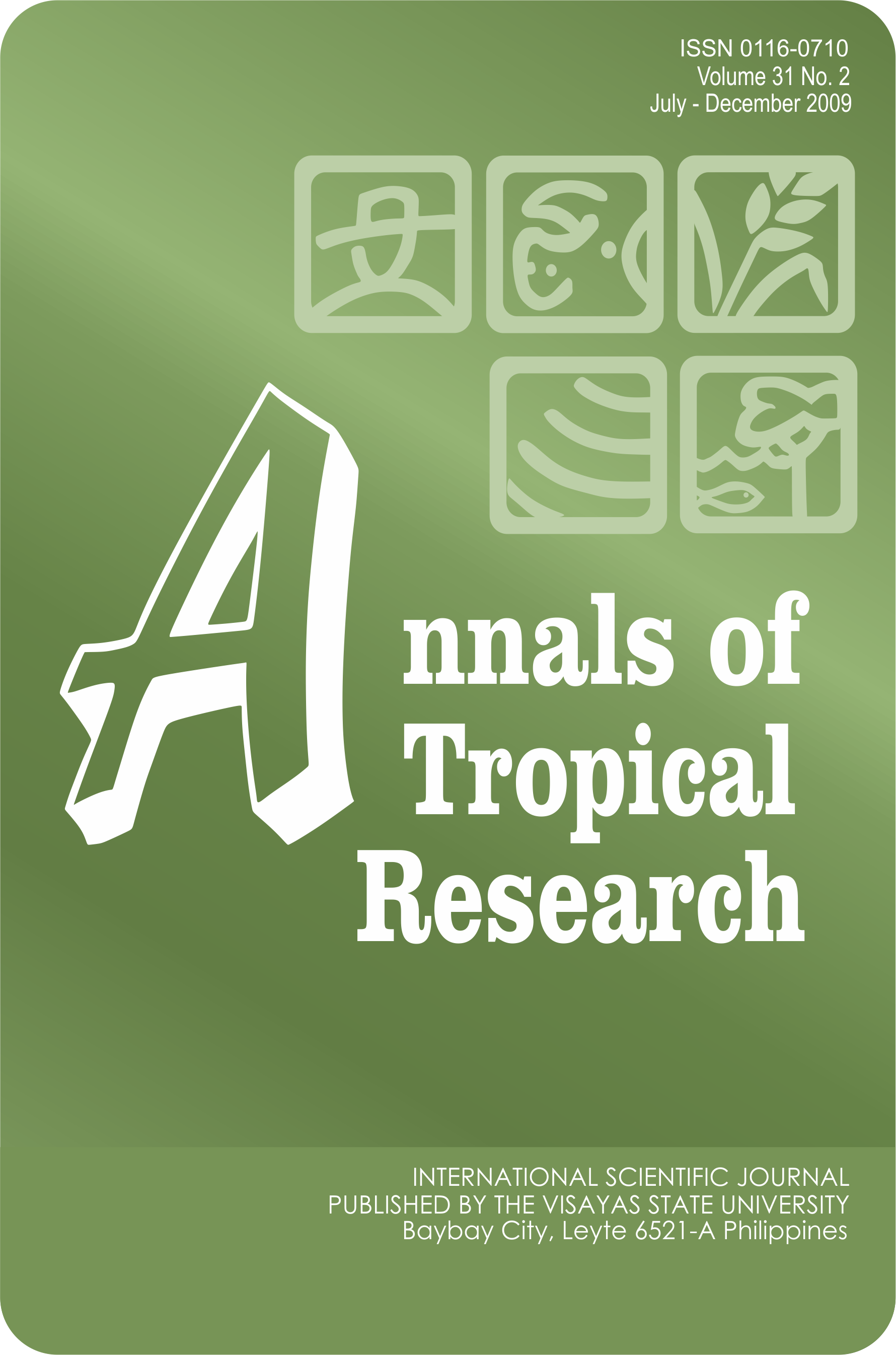Callus induction and plant regeneration of two Cuban rice cultivars using different seed explants and amino acid supplements
DOI:
https://doi.org/10.32945/atr3121.2009Keywords:
Endosperm, embryonic calli, genoype, glutamine, prolineAbstract
Most of Cuban rice cultivars are classified into indica subspecies, and they are inclined to poor in vitro response. In this paper were studied the role of endosperm and amino acids on callus formation of two Cuban rice cultivars: J-104 and IACuba-28. Callus cultures were initiated from three treatments for mature seed: intact seed, embryo with scutellum but without endosperm alone. It demonstrated the direct incidence of endosperm on in vitro seed contamination. But the higher percentage of embryogenic calli was obtained from intact seeds, despite of 12.94% of seed contamination. Callus formation form endosperm alone did not occur. The role of endosperm to successful callus formation from scutellum was discussed. Effect of amino acids on rice callus growth from intact seeds was examined by supplying callus formation medium with glutamine and proline, separately or in combination, in both cultivars. Callus formation of J-104 was improved considerably with 500 mg/l of proline and glutamine in the culture medium, but in IACuba-28 were not observed significant changes. The percentage of embryonic callus and the increase of fresh weight of calli were correlated with genotype and amino acid supplement in culture medium.
Downloads
Submitted
Published
How to Cite
Issue
Section
License

This work is licensed under a Creative Commons Attribution-NonCommercial-ShareAlike 4.0 International License.











